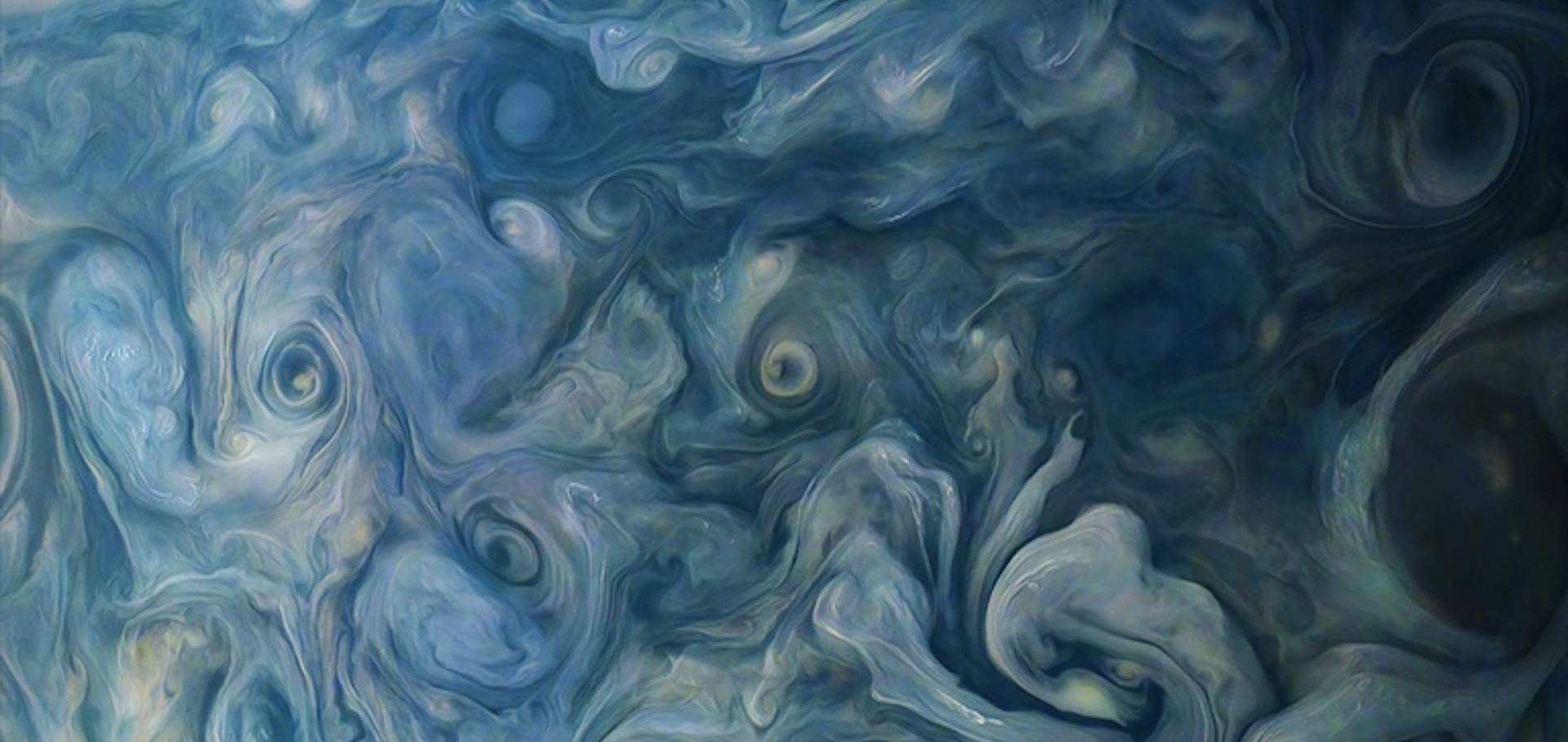Prospects for characterizing the haziest sub-Neptune exoplanets with high-resolution spectroscopy
Astronomical Journal IOP Publishing 160:5 (2020) 160-198
Abstract:
Observations to characterize planets larger than Earth but smaller than Neptune have led to largely inconclusive interpretations at low spectral resolution due to hazes or clouds that obscure molecular features in their spectra. However, here we show that high-resolution spectroscopy (R ~ 25,000–100,000) enables one to probe the regions in these atmospheres above the clouds where the cores of the strongest spectral lines are formed. We present models of transmission spectra for a suite of GJ 1214b–like planets with thick photochemical hazes covering 1–5 μm at a range of resolutions relevant to current and future ground-based spectrographs. Furthermore, we compare the utility of the cross-correlation function that is typically used with a more formal likelihood-based approach, finding that only the likelihood-based method is sensitive to the presence of haze opacity. We calculate the signal-to-noise ratio (S/N) of these spectra, including telluric contamination, Required to robustly detect a host of molecules such as CO, CO2, H2O, and CH4 and photochemical products like HCN as a function of wavelength range and spectral resolution. Spectra in the M band require the lowest S/Nres to detect multiple molecules simultaneously. CH4 is only observable for the coolest models (T eff = 412 K) and only in the L band. We quantitatively assess how these requirements compare to what is achievable with current and future instruments, demonstrating that characterization of small cool worlds with ground-based high-resolution spectroscopy is well within reach.Erratum: The first planet detected in the WTS: an inflated hot-Jupiter in a 3.35 day orbit around a late F-star
Monthly Notices of the Royal Astronomical Society Oxford University Press (OUP) 497:1 (2020) 916-916
Prospects for Characterizing the Haziest Sub-Neptune Exoplanets with High Resolution Spectroscopy
(2020)
Molecular cross-sections for high-resolution spectroscopy of super-Earths, warm Neptunes, and hot Jupiters
Monthly Notices of the Royal Astronomical Society Oxford University Press 495:1 (2020) 224-237
Abstract:
High-resolution spectroscopy (HRS) has been used to detect a number of species in the atmospheres of hot Jupiters. Key to such detections is accurately and precisely modelled spectra for cross-correlation against the R ≳ 20 000 observations. There is a need for the latest generation of opacities which form the basis for high signal-to-noise detections using such spectra. In this study we present and make publicly available cross-sections for six molecular species, H2O, CO, HCN, CH4, NH3, and CO2 using the latest line lists most suitable for low- and high-resolution spectroscopy. We focus on the infrared (0.95–5 μm) and between 500 and 1500 K where these species have strong spectral signatures. We generate these cross-sections on a grid of pressures and temperatures typical for the photospheres of super-Earth, warm Neptunes, and hot Jupiters using the latest H2 and He pressure broadening. We highlight the most prominent infrared spectral features by modelling three representative exoplanets, GJ 1214 b, GJ 3470 b, and HD 189733 b, which encompass a wide range in temperature, mass, and radii. In addition, we verify the line lists for H2O, CO, and HCN with previous high-resolution observations of hot Jupiters. However, we are unable to detect CH4 with our new cross-sections from HRS observations of HD 102195 b. These high-accuracy opacities are critical for atmospheric detections with HRS and will be continually updated as new data become available.Molecular Cross Sections for High Resolution Spectroscopy of Super Earths, Warm Neptunes and Hot Jupiters
(2020)


